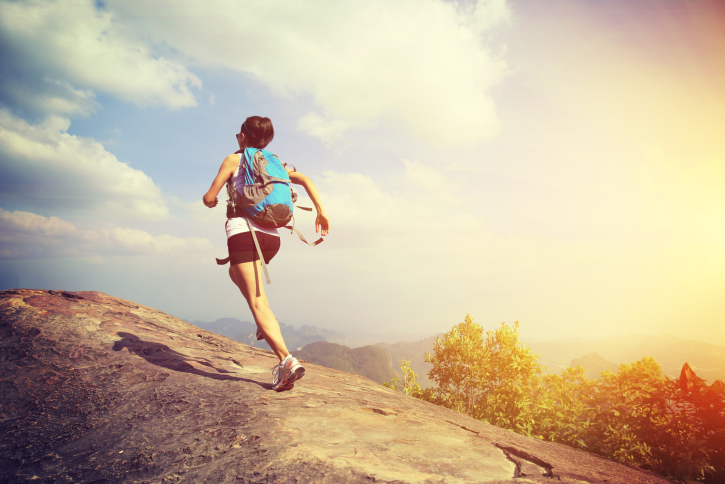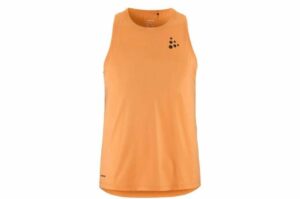How to plan a run camping trip

We’re getting to the end of May now and that means that summer is basically here. One of the runner’s favourite activities (besides running) is getting to plan the run-cation. Brainstorm a bunch of ideas and consider your fitness level to make sure your body’s capabilities match the trip you have in mind. Then, pick a vacation and let the planning begin. If you picked the runner’s camping trip, we have some pointers to aid you in your research. We asked Canadian runner Arden Young for advice. Young has experience with run camping and has written on the subject before.
When to go
This is likely going to be the first thing you have to decide. The timing of your trip is essential and will make or break the vacation. Things you need to consider are your fitness level and when the course is the most run-able. You don’t want to let the scenic views of your trip be spoiled by the fact that you haven’t trained for the type of trails or distance you’re taking on. Plan to go when you’re fit. Also, look up reports on the trail to keep tabs on conditions. Avoid going when trails are a mudslide mess or when chilly weather makes camping miserable.
Choosing a group
The buds that you love to hang out with after work and on the weekends might not necessarily be the best group to go on a running camping trip with. Runners should pick the group thinking of the same types of things they consider when choosing a training group. You want people that have a similar pace, fitness level and goal for the trip. If the point of going run camping is just to take in the sights while being active, factors like pace might not matter as much.
Also consider things like personalities and numbers. Keeping the group fairly small is probably best. “We found five was a good number to keep things interesting and fun, while keeping group logistics and organization relatively easy,” says Young.
Choosing the right route
There are so many options when it comes to picking a prime location. You need to plan right for your route. For example, if it’s remote, you want to make sure that it’s not outside of your comfort zone or skill level. Safety is important. You need to know where you can stop for water. “This is so crucial when there aren’t any aid stations waiting for you,” says Young. And one of the most basic pieces advice Young gives: make sure it excites you. You don’t want all that planning to go to waste.
Gear you need
Getting the gear right can be tricky. Packing the right running clothes for the weather is key. When running, you want to make sure you have: a light jacket/extra layer, headlamp, shoes with grip for the terrain, hydration pack (Young suggests it be able to carry at least one litre), salt pills, electrolyte drink mix, and more food than you think you’ll need on the trail.
When packing, you should also think about including hat and sunglasses, glide, a small first aid kit, a space blanket, blister care, phone, a small water purification system and sunscreen.
You can fly in your gear
One of Young’s experiences was staying in a hut at Mt. Assiniboine. That accommodation, Naiset hut, had an option to helicopter in the gear. That way, runners can hike out and then do day trips from their base. “We helicoptered our [gear] in and because we were staying in a hut and the cooking area had all of the tools and utensils needed, we were able to pack really light,” she says. In her opinion, that’s the way to go. “You can get into the backcountry with minimal gear and access beautiful places doing day trip runs from the camp,” she says. “Naiset hut was awesome for this because we could heli gear in and then run in/out.”

